How much does it cost to hire a website designer?


Wondering how much it really costs to hire a website designer? This guide breaks down the pricing models, what affects the final cost, and how to choose the right designer for your needs. If you're budgeting for a website project, this pricing guide provides the clarity you’ve been looking for.
So, small business owners like you want an appealing, modern-looking website design for your product's or service's page? Good call, since half of the consumers form their opinion about a business based on its website design. The smartest brands combine modern web design aesthetics with website design for SEO to win both trust and visibility.
But how much would you pay for a qualified web designer, exactly? If you tried googling it, you probably already know that the website designer cost can differ greatly, from tens to hundreds and thousands of dollars. But what factors affect the final cost? We're just about to answer this question. Being a top-quality design agency, we at TodayMade know precisely what influences the final price of a website design and will gladly explain it to you.
Let's start with industry benchmarks.
The cost to hire a website designer in the US is around $60 per hour. An estimated total pay of $69k/year, making the average salary $64k/year, according to Glassdoor.
.webp)
Average hourly pay for website designs in the US is $29-36.
.webp)
The average cost of website design will also differ depending on the location. For instance, website designers in Amsterdam, Netherlands, have an estimated total pay of €41k/year ($43k), with an average salary of €35k/year ($36k).
.webp)
The average web designer hourly rate is €20.35 ($22.11).
.webp)
As a rule, designers from Eastern Europe are cheaper than designers from Western Europe. For instance, an average web designer salary in Poland is 5676 PLN per month ($1407) or 68.112 PLN ($16.888) per year.
.webp)
While average hourly pay is 35.50 PLN ($8.80).
.webp)
So, if the time zone difference isn't crucial to you (or designers can adjust), turning to professionals from other countries for a new website with advanced features can be a cost-savvy solution. Just make sure you know how to find a web designer who understands your needs and gives you clarity on the real website design cost.
Sure thing, freelancers charge much less for their services. Upwork statistics show that the average freelance website designer hourly rate is $15-30.
.webp)
But the actual web designer rates could differ from these numbers a lot due to several factors. Just like with in-house designers, they largely depend on the freelancer's location and expertise, and a website owner's manual can help you navigate these variables without guesswork.
For instance, a Senior website designer from Ukraine experienced in SaaS design can charge $60 per hour.
.webp)
At the same time, a Pakistani web designer rates per hour can be $10, if you’re looking to build a website using a website builder.
.webp)
Why is the pricing so different? Well, because the total cost isn’t determined by profession only.
Of course, Glassdoor and Upwork stats are not enough when you're trying to calculate the average cost to hire a website designer. So let's look at some other factors that contribute to the final cost.
Let’s start with skills. If you hire a designer to work with a website builder like Wix, Weblium, or Webflow, you can expect significantly lower rates than you would with someone building everything from scratch. The more technically advanced the skill set, the higher the price, especially if the designer also understands performance optimization, search engine optimization, and responsive behavior across devices.
Experience matters just as much. A junior designer with one to two years in the field might charge between $30 and $75/hour, while a professional web designer with more than five years of experience can command $100 to $200/hour or even higher, particularly for complex custom-built projects or those within regulated industries like fintech or healthcare.
.webp)
There are three main collaboration models available on the market for creating a custom website :
Which of these models is best for your needs largely depends on the duration and complexity of the project.
A freelancer is ideal for short-term work or one-off projects with clearly defined scopes. They tend to offer more budget flexibility but also come with a higher risk of delays or inconsistent availability.
An in-house designer is a perfect choice if you’re building a design-heavy product and want someone deeply embedded in your team, but it also means ongoing expenses such as salaries, benefits, and onboarding.
A subscription-based model, often offered by modern design agencies, is an excellent middle ground. You get continuous access to design help on a monthly basis without the commitment of hiring full-time, making it a great fit for startups scaling up fast or teams with unpredictable workloads.
A simple brochure website or landing page will cost significantly less than a site with login functionality, a dynamic product catalog, or custom-coded animations. For example, the design cost for customizing a template-based design may be between $750 and $3,500, while building a fully custom, code-intensive website from scratch with extra features can start at $5,000 and go well beyond $20,000.
The more unique and “on-brand” your design requirements are, the more time and expertise the designer will need to bring it to life — and that’s reflected in the final bill.
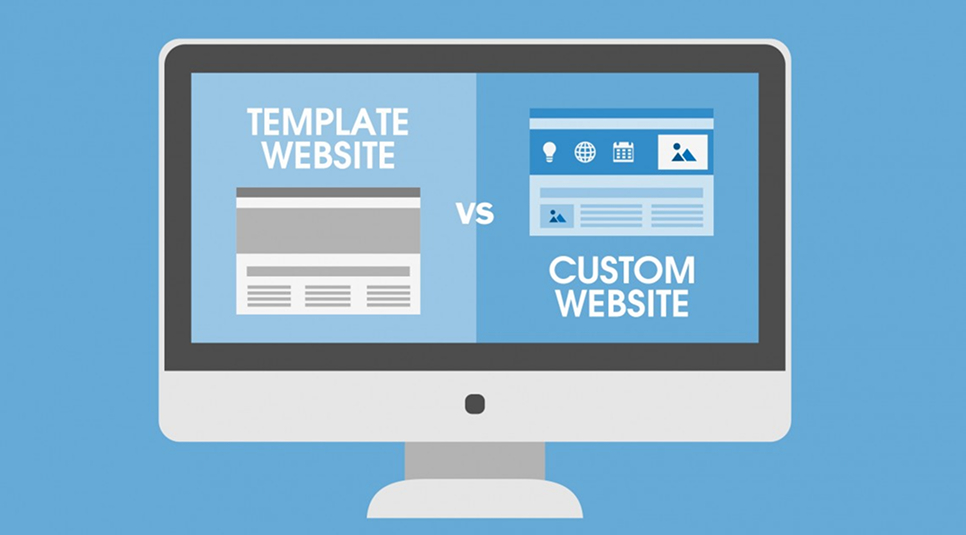
The number of pages and features is a big cost driver. A one-page portfolio or landing page can be completed in a week or two, whereas a complex multi-page website with blog, e-commerce, and CRM integrations can take several months. Be clear about your expectations upfront.
And if you're in a hurry? Expect a rush fee. Designers commonly charge 20% to 50% more for accelerated timelines. For instance, a $5,000 project delivered over six weeks might jump to $7,500 if you need it completed in just two.
If you’re in a niche that requires specific compliance with security features (like HIPAA for healthcare or ADA accessibility standards for U.S.-based sites), you're looking at a more expensive build. Designers with domain-specific knowledge are in shorter supply and can charge accordingly.
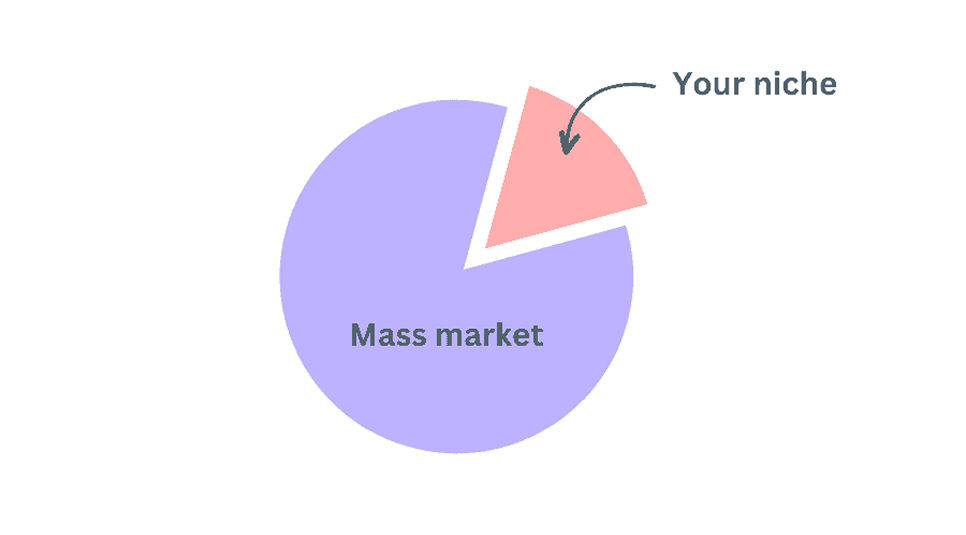
Similarly, if you run a tech company, marketplace, or SaaS product, the expectations for your website’s usability and performance will be much higher than for, say, a personal blog. The more specialized the niche, the higher the design standard and the budget.
Not all web design projects stop at the visual layer. Some clients need a full package: market research, UX audits, prototyping, branding, SEO setup, and custom integrations. All of that adds up.
While a basic UI/UX design package may cost between $2,000 and $6,000, including development, content creation, or marketing assets could double or triple that amount. The broader your scope, the more stakeholders and work hours will be involved.
Some businesses want one-and-done design, while others need regular updates, A/B testing, bug fixes, or even emergency support. If you’re in the latter camp, it makes sense to look into retainer packages, which often start at $500/month for basic support and can go up to $2,000/month or more depending on the volume and complexity of tasks. These retainers often cover essentials like monitoring website speed metrics and mastering web design practices over time.
This is especially important for existing websites of e-commerce brands or apps where even minor design glitches can translate into lost conversions.
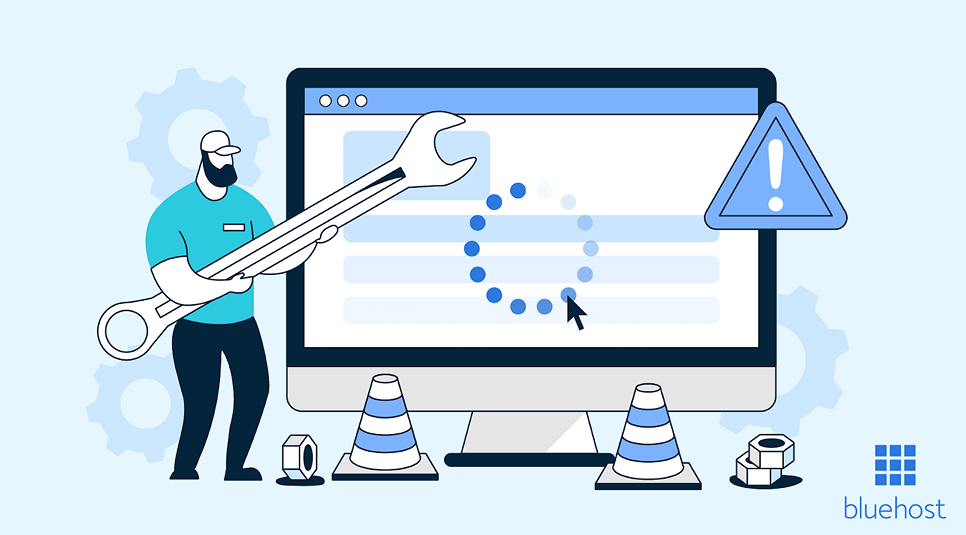
The cost of hiring a website designer depends on the pricing model they follow. The most common ones are hourly rate, fixed price, project-based pricing, and ongoing retainers or monthly fees. Let’s break down how each works, when to choose them, and what to expect to pay.
With hourly pricing, you pay only for the hours your designer actually works. This is great when your project scope is uncertain or if you’re planning to collaborate on evolving ideas.
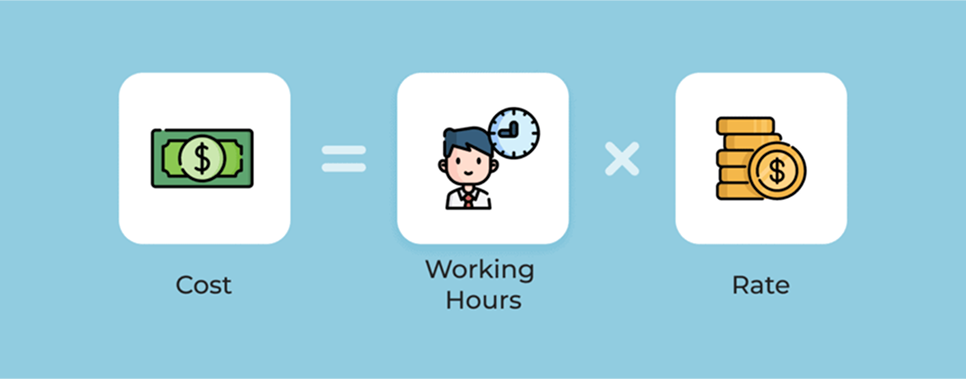
Rates vary a lot depending on the designer’s experience and location. Junior freelancers might charge as little as $30/hour, while experienced UI/UX professionals often bill between $75 and $150/hour. According to Website Builder Expert, web design work generally falls between $30 to $80/hour, while web development can range from $100 to $180/hour.
But the catch? Without a clear timeline or task estimate, hourly billing can quickly exceed your budget. Even small revisions or feedback loops can add up.
In a fixed-price model, you agree on a flat fee for the entire project. This model has been on the market for decades and still remains relevant, mainly because it offers cost certainty, clear expectations, and lower risks for the clients. You know exactly how much you spend on website design, and if something goes wrong, this would still be covered by the project's price.

For a basic portfolio or landing page, the cost might land between $1,000 and $3,000. A more custom site for a small business could go up to $5,000–$10,000, while complex websites with e-commerce or custom animations often exceed $15,000.
Fixed pricing works best when the project scope is well defined. Still, if you decide to implement new ideas or change the project in the design process, you'll have to pay extra. The same goes for situations requiring the designer's assistance once a project is finished.
Project-based pricing may sound similar to fixed-price, but it allows more flexibility. Instead of setting a flat rate for the whole thing up front, the work is broken into phases or milestones, each with its own cost. You might pay separately for UX research, wireframes, high-fidelity mockups, or design handoff.
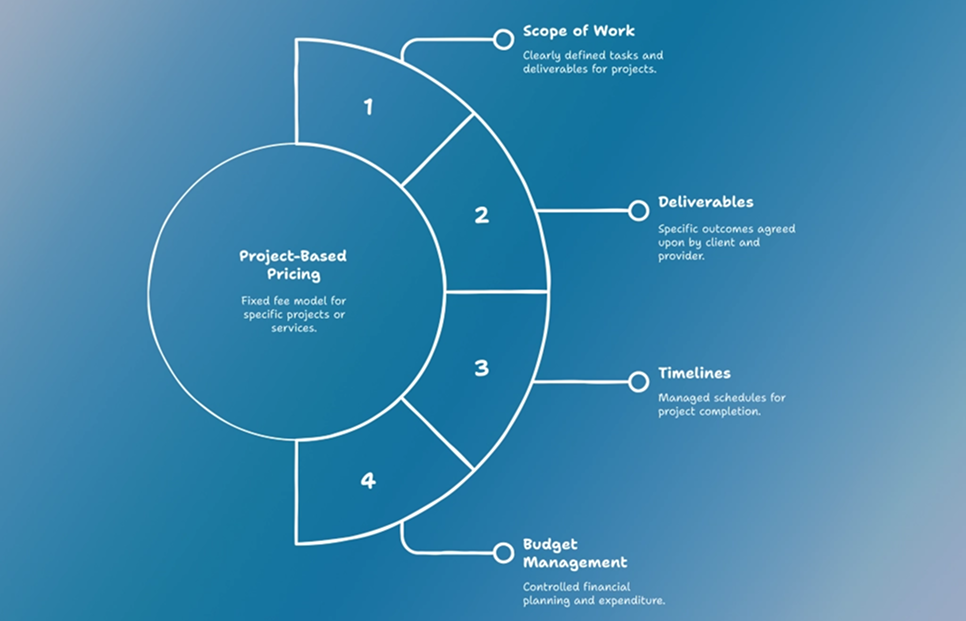
This model gives designers room to collaborate and iterate without being locked into a rigid scope, and lets clients spread out payments over time.
According to Fiverr, expect smaller phases (like UX audits or style guides) to cost $500–$2,000, while a full web design project broken into phases could total anywhere between $5,000 and $25,000, depending on complexity.
These two models are pretty similar: in each case, you pay the designer monthly for the work they do. The only difference is the contract duration. With the retainer model, you should know exactly how long you'll be cooperating with the designer(s).
Monthly fee, on the other hand, usually applies to indefinite cooperation, such as in-house contracts. The price typically starts around $500 for light tasks and can range up to $2,000 or more for full-service UI/UX support.
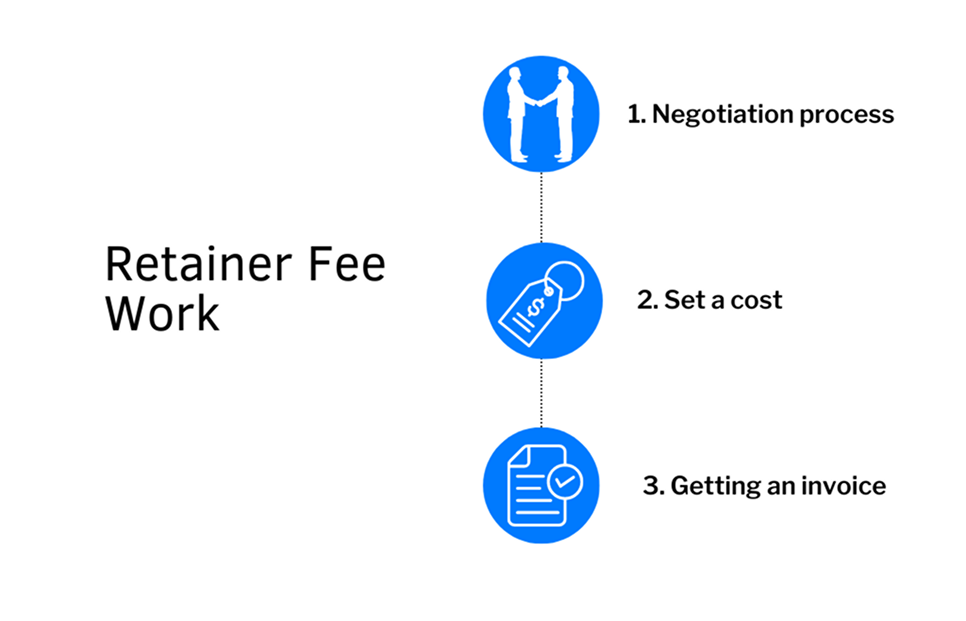
The biggest perk of these models is that you have ongoing access to your design professional and their complete dedication to your project. If anything goes wrong or you just need an urgent task delivered ASAP, you know that you can count on your designer. Regular fixed payments also allow you to allocate a web design budget easily.
Of course, such benefits come with a “but”: these models can be more costly than the previously covered ones. You'll also be paying for the time when the designer wasn't involved in any project.
Some designers also offer daily or weekly rates for short bursts of focused work, typically ranging from $300 to $1,600 per day, which is ideal for testing bold ideas like brutalism web design or refining SaaS landing page examples into conversion machines.
TodayMade is a design subscription service. If you're looking for a reliable and professional website design service, we can help you with that. With us, you receive the desired result quickly, which is especially crucial if you work for a startup or just need to get the job done urgently yet efficiently. We keep an eye on the latest web design trends and make sure your site functions as a true lead generation website.
Our design subscription varies from $799 to $2,990 per month. For this price, you receive ongoing design support from our design professionals. It is as convenient as having an in-house designer — or a whole team, even — but without spending months on their hiring and onboarding. At the same time, it is as affordable as hiring a freelancer, but is much more reliable and stress-free, as we are the ones responsible for handling all the communication and management. If you want to know how much it will cost to design a website, read this article for a comprehensive breakdown.
So, if you need a solution that helps you save costs, estimate time accurately, and get an amazing job done as quickly as needed, reach out to us for a free consultation. We can't wait to help you achieve your goals!
The cost of website design depends on your project's scope, the designer’s experience, and your collaboration model. Freelancers usually charge between $30 and $150 per hour, while a custom website project can range from $1,000 to $25,000+. Subscription models or retainer agreements typically fall between $500 and $2,000/month for ongoing support.
It depends on your needs. Freelancers are usually more affordable and flexible for one-off projects, but agencies (or design subscriptions, like ours) offer broader expertise, structured workflows, and long-term support. If you're a startup without in-house design, a subscription model can be a great middle ground.
Both models are common. Hourly rates are best when you have a flexible scope or only need minor updates. Project-based or fixed pricing works better for clearly defined tasks with set deadlines. Some designers also offer daily or weekly pricing for focused sprints.
Prices vary based on:
Sometimes. Additional revisions, premium fonts, stock images, rush fees, or post-launch support can add to the final price. Make sure to clarify what’s included in the proposal — and what’s not — before starting.


